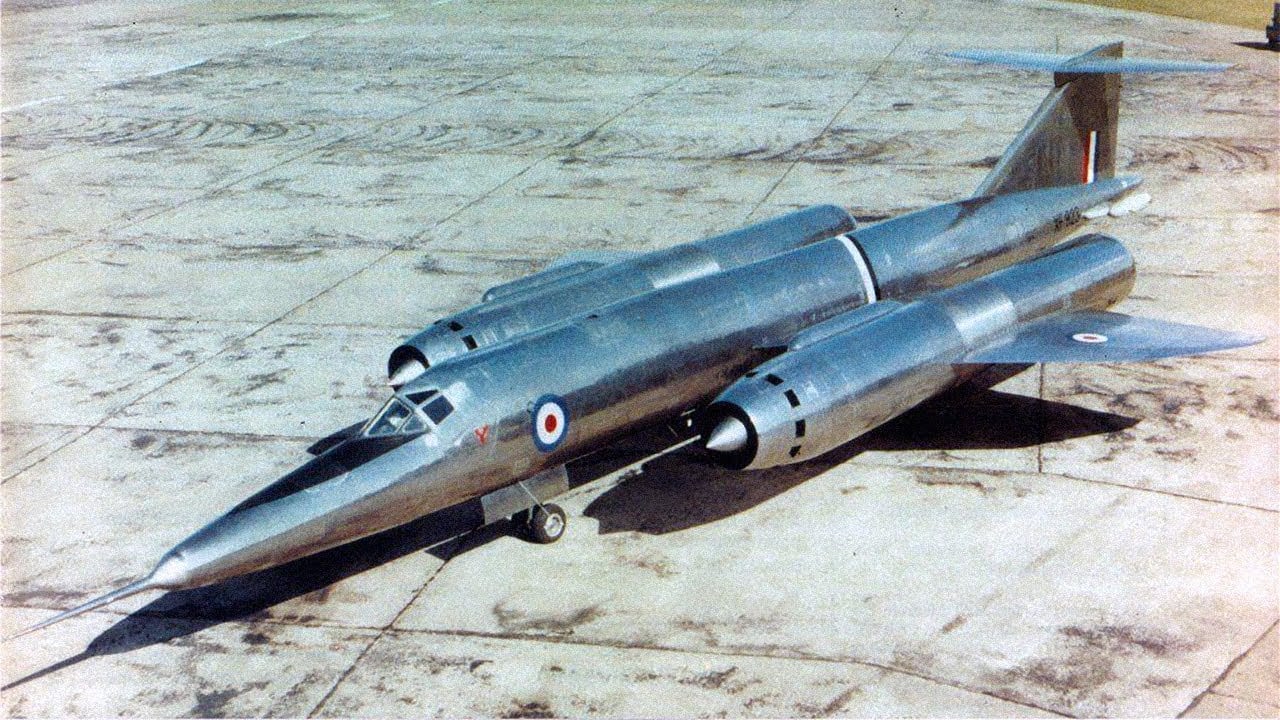Lithuania's strategic move to establish a multi-layered border defense line underscores the escalating security concerns in the Baltic region, particularly in light of its proximity to Russia and Belarus. The Lithuanian Ministry of Defense has outlined a comprehensive three-tiered defense system designed to impede enemy advances, integrating various fortifications such as anti-tank obstacles, minefields, and fortified positions. This shift from isolated counter-mobility measures to a cohesive defense strategy reflects a significant evolution in Lithuania's military posture, aiming to enhance NATO and EU integration at its borders. The urgency of this initiative is amplified by recent incursions into Lithuanian airspace, highlighting the need for robust defensive capabilities in an increasingly volatile geopolitical landscape.
The proposed defense line, spanning 50 kilometers, is meticulously designed to create layers of deterrence against potential aggressors. The first tier focuses on immediate threats with anti-tank ditches and fortified positions, while the second tier incorporates infrastructure for controlled demolition and strategic delays. The final echelon enhances these measures with natural barriers, such as roadside trees, to obstruct enemy movement. This comprehensive approach not only fortifies Lithuania's borders but also serves as a critical component of regional security, reinforcing the collective defense framework of NATO amidst ongoing tensions in Eastern Europe. The implications of this development extend beyond national security, signaling a proactive stance in the face of external threats and a commitment to safeguarding European stability.









